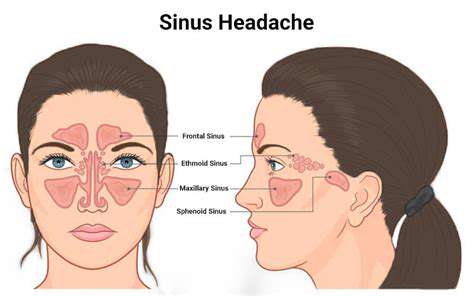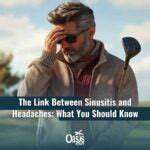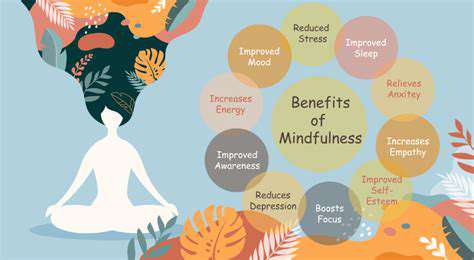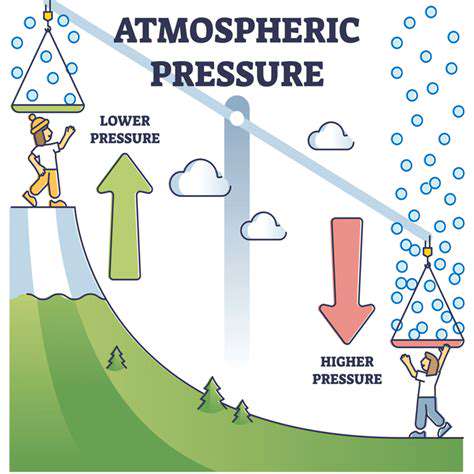Headaches Associated with Sinus Infections
What are Sinus Headaches?

Understanding Sinus Headaches
Sinus headaches are characterized by pain or pressure in the forehead, cheeks, or around the eyes. This pain is often worsened by bending over or lying down, and can be accompanied by a feeling of fullness in the affected area. Understanding the underlying causes of sinus headaches is crucial for effective management and treatment. Commonly, sinus headaches stem from inflammation or infection within the sinuses, leading to increased pressure and discomfort.
The location of the pain can sometimes provide clues to which sinuses are affected. Pain around the eyes, for example, might indicate frontal sinus involvement. It's important to remember that sinus headaches can mimic other types of headaches, making accurate diagnosis essential. A healthcare professional should always be consulted for proper evaluation and treatment.
Causes of Sinus Headaches
Sinus headaches are frequently linked to sinus infections, such as sinusitis. These infections, caused by viruses, bacteria, or fungi, inflame the sinus lining, leading to swelling and pressure buildup. Allergies and environmental irritants can also trigger sinus inflammation and cause similar symptoms. Irritants like pollen, dust, or smoke can contribute to the development of sinus headaches.
Certain medical conditions, such as nasal polyps or structural abnormalities in the nasal passages, can also predispose individuals to sinus headaches. The presence of nasal congestion and discharge is often a strong indicator of an underlying sinus infection and should be evaluated by a medical professional.
Symptoms and Diagnosis
Recognizing the symptoms of a sinus headache is vital for seeking prompt medical attention. Common symptoms include pain or pressure in the facial area, particularly around the forehead, cheeks, and eyes. Additional symptoms may include nasal congestion, runny nose, fever, cough, and toothache. These symptoms can overlap with other conditions, making accurate diagnosis crucial. A healthcare professional can perform a physical examination and potentially order imaging tests or other diagnostic procedures to identify the root cause.
A thorough medical history, including details about the headache's characteristics (location, intensity, duration), associated symptoms, and any contributing factors (like allergies or recent infections), will aid in the diagnostic process. This information helps distinguish sinus headaches from other types of headaches and guides appropriate treatment.
Treatment and Management
Treatment for sinus headaches depends on the underlying cause. Over-the-counter pain relievers, such as ibuprofen or acetaminophen, can help alleviate pain and discomfort. Decongestants can help relieve nasal congestion. In cases of bacterial sinusitis, antibiotics may be prescribed to combat the infection. In addition, warm compresses or saline nasal sprays can provide relief from discomfort.
If the headache persists or worsens, or if other concerning symptoms develop, seeking prompt medical attention is essential. This is critical to ensure proper diagnosis and treatment of any underlying condition. A healthcare professional can recommend appropriate treatment options and provide guidance on managing future episodes.
The Connection Between Sinus Infections and Headaches

Sinus Infections and Immune System Function
Sinus infections, often called sinusitis, are a common ailment that affects millions annually. Understanding the connection between these infections and the immune system is crucial for effective prevention and treatment. A compromised immune system can make individuals more susceptible to sinus infections. This is because a weakened immune response allows pathogens, like viruses and bacteria, to thrive and multiply within the nasal passages and sinuses, leading to inflammation and infection. Maintaining a healthy immune system through proper nutrition, exercise, and stress management can significantly reduce the risk of developing sinus infections.
The immune system plays a critical role in defending the body against various pathogens. It comprises a complex network of cells, tissues, and organs working together to identify and eliminate harmful invaders. When the immune system functions optimally, it effectively combats sinus infections, preventing them from becoming severe or prolonged. However, when the immune system is weakened, it struggles to clear the infection, leading to a persistent sinus infection.
Viral and Bacterial Infections
Sinus infections are frequently caused by viral or bacterial pathogens. Viruses, like rhinoviruses and coronaviruses, are often the initial culprits, triggering inflammation in the sinuses. This initial inflammation can then create an environment conducive for bacterial overgrowth. Viral infections can weaken the immune system, making it harder to fight off secondary bacterial infections.
Bacterial infections, such as those caused by Streptococcus pneumoniae and Haemophilus influenzae, can also directly lead to sinus infections. These bacteria can enter the sinuses through the nasal passages, causing inflammation and infection. Proper identification of the causative pathogen is crucial for effective treatment. Antibiotics are typically prescribed for bacterial infections, while viral infections often require symptomatic relief and supportive care.
Understanding the distinction between viral and bacterial infections is critical for appropriate medical intervention. Incorrect treatment can lead to prolonged suffering and potentially unnecessary antibiotic use.
Environmental Factors and Sinus Health
Environmental factors significantly impact sinus health. Exposure to allergens, pollutants, and irritants can trigger inflammation in the sinuses, increasing the risk of sinus infections. Allergens, such as pollen and dust mites, can lead to chronic inflammation, making individuals more susceptible to recurrent infections. Exposure to environmental pollutants, including smoke and air pollution, can also irritate the nasal passages and sinuses, contributing to inflammation.
Furthermore, changes in barometric pressure can affect sinus drainage. Fluctuations in pressure can lead to swelling and blockages in the sinus passages, making it harder for mucus to drain. This can create an environment that is more conducive to bacterial growth and ultimately contribute to sinus infections. Maintaining a healthy environment, avoiding allergens and irritants, and taking precautions during seasonal changes can help reduce the likelihood of sinus issues.
Prevention and Management Strategies
Proactive measures can significantly reduce the risk of developing sinus infections. Maintaining a healthy lifestyle, including adequate rest, a balanced diet, and regular exercise, can strengthen the immune system's ability to fight off infections. Staying hydrated is crucial for maintaining healthy sinus function by promoting proper mucus flow and preventing the sinuses from drying out. Using a humidifier can also help to maintain moisture in the nasal passages, reducing irritation and inflammation.
Practicing good hygiene, such as frequent handwashing and avoiding touching the face, is essential in preventing the spread of pathogens. Avoiding exposure to allergens and irritants is also beneficial. If symptoms develop, seeking prompt medical attention is vital for appropriate diagnosis and treatment.








